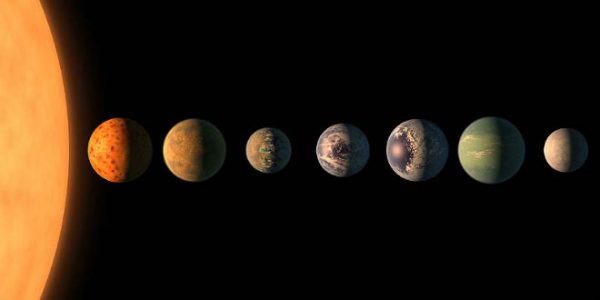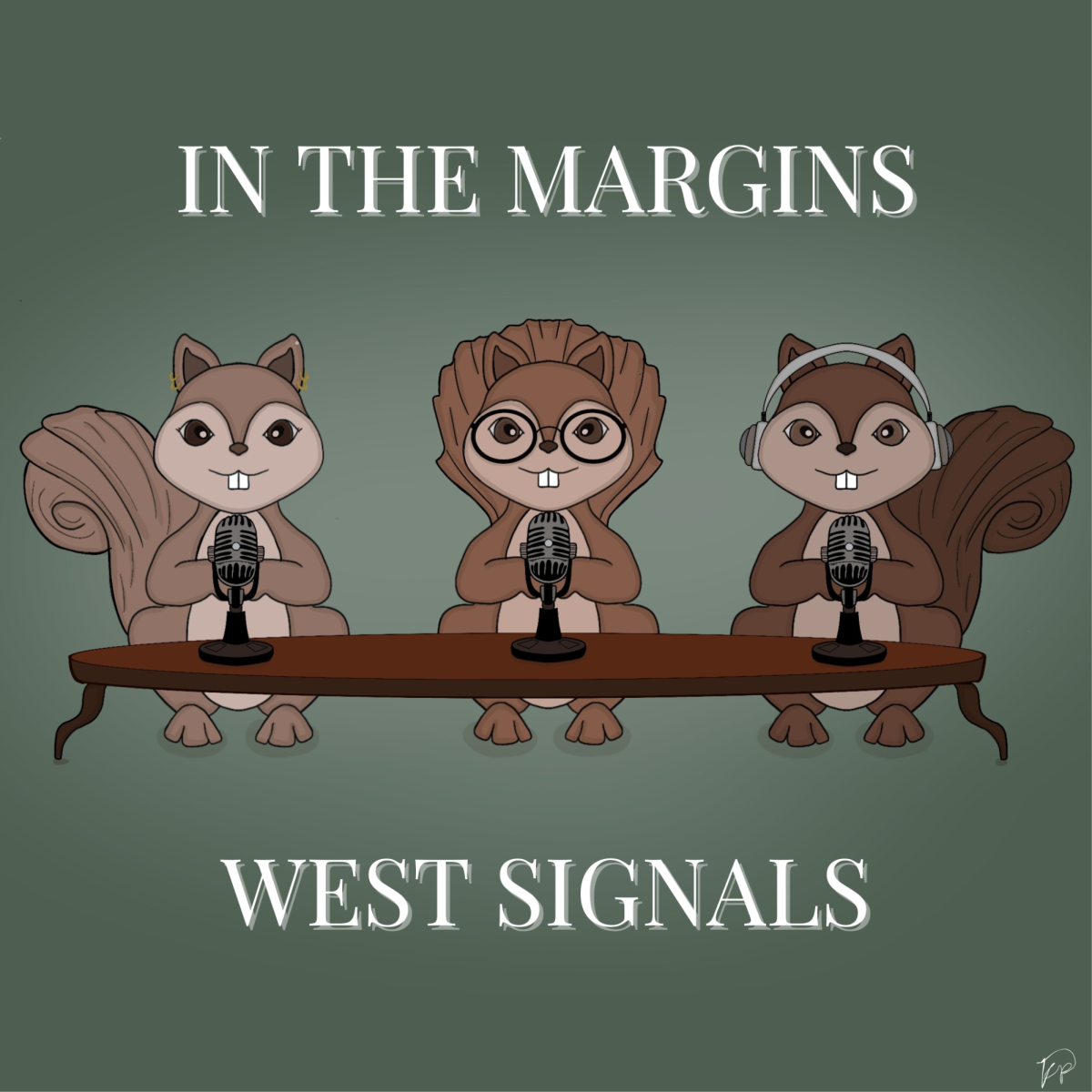NASA’s Discovery on Seven Earth-Sized Planets

NASA/JPL-Caltech
March 6, 2017
Recently NASA discovered seven Earth-sized planets orbiting a dwarf star, TRAPPIST-1. Three of the planets are located in a habitable zone, meaning that they have a chance of containing water. This sets the record for the highest number of habitable-zone planets around a single star outside of the solar system.
When looking for planets, astronomers search for a temporary dimming of a star, which indicates that a planet has passed it. However, this makes it more difficult to find small, rocky planets revolving around bright stars.
The planets were discovered by the Spitzer Space Telescope of NASA. The telescope indicated that the planets were 40 light years from Earth, which is equal to 235 trillion miles. By measuring which wavelengths of light are blocked by the planets, scientists can determine the types of gases in the planets’ atmospheres.
Since the planets are close to their dwarf star, the side of the planets that are facing the star would be hotter. However an atmosphere would distribute the heat, which would be an overwhelming obstacle for containing life.
Student, Evan Sanders (10) said, “I think the discovery [of the planets] is exciting because it can help us find habitable environments. I guess it will help scientists answer the question of whether life exists elsewhere.”




